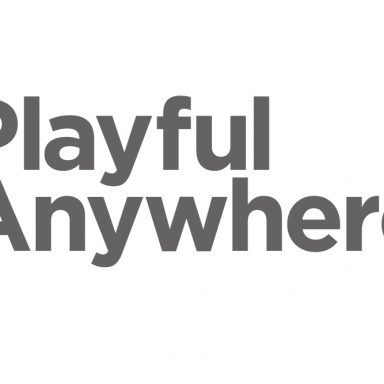“What does this button do?” Humans are curious creatures. We can’t resist touching when the sign says “Do not touch” or nosying around the next corner to find out where it leads. Curiosity is a game best played together. Do Not Press is an experimental game to connect the curious of Oxford and reward playing together. Each button opens the world to a new adventure woven into the fabric of the city of Oxford – will you discover a secret mission, uncover a treat for the senses or recover your joy of play? Whatever you do, Do Not Press!
Do Not Press
15 thoughts on “Do Not Press”
Comments are closed.


I like the premise, but I couldn’t help but think about all the emergency buttons on display at tube & train stations, in elevators, etc. and the potential chaos that could ensue if these became ‘playable’. Perhaps the buttons would have to be aesthetically very different from existing alarm buttons.
That’s a GREAT point. I’m mum to two button-pushing boys (in all senses of word) and they’ve pushed all kinds of wrong buttons – including stopping a travelator full of irate shoppers in Asda! Our buttons should be different designs but all clearly playful – The Do Not Press buttons you’re allowed to press 🙂
I think this looks wonderful as it connects to everyone’s, but especially children’s, desire to touch, press and connect. I think this poses a wonderful opportunity for a parent or carer to say “yes!” to the request to press!
I’d also say that the city centre is dominated by the University, students and visitors which often makes feel like an overwhelming place and not somewhere locals want to spend much time so anything that opens up Oxford for those who live and work here all year round is a great idea!
Sounds like a great idea! I’m intrigued as to what would happen if I did press – really good imaginative way of getting people to be involved in finding things out about where they live!
Always in support of encouraging connectedness through being curious! Reminds me a little of the Artichoke Telectroscope that ran under the Atlantic and joined London with New York. Great ideas – provoking interaction by also creating suspense…
Sorry – posted the comments to the wrong entry previously!
I would love to press the buttons! Great idea. The challenges will make the experience an interesting one and could create a deeper interaction between participant and city. I’m intrigued with how this could unfold…
To have permission to press a ‘do not press’ button is a dynamic way into exploration and discovery: “I couldn’t do this before, but now I can. What will happen next?!” There is so much to be curious about in Oxford too!
Love this idea. Sounds very exciting. Seems to carry an aura of Alice in the Wonderland which fits well considering its Oxford. It also shows an awareness of the increasing interactivity of the gaming industry – e.g.: Pokemon Go.
It’s an interesting idea – forbidden actions, but I’m struggling to see how it fits into the context of any of the themes – the urban environment, a shared city. In what way does this make use of smart city technologies?
Very good question. Underlying the playfulness of the buttons is the idea of connectivity. This is technological connection – so for example the data on interactions with buttons will be gathered mapping engagement across the city and how that is developed by the project. It is also the connections between people and between people and the urban environment. Through connecting buttons and outcomes, digitally & in real life, across the city we want to excite curiousity and enable exploration of other parts of Oxford and other lives that you may not ordinarily see.
I love to do what I’m not supposed to – how might this work though for those with different neurologies who find the idea of ‘rule breaking’ more complex?
“Each button opens the world to a new adventure woven into the fabric of the city of Oxford – will you discover a secret mission, uncover a treat for the senses or recover your joy of play? Whatever you do, Do Not Press!”
Not sure what this means….Doesn’t sell it to me without some kind of example
In a world of “Do Nots” this is a nice conceit.
However, it seems a bit vague as to what the feedback will actually be. How is it manifested? Who connects with what or who?
It seems it needs to have a tactile outcome- which, hopefully, will last beyond the installation period. Or is it to be permanent?
Do not press helps realises the the stress and tensions of daily life, replacing them with play and humour. It represent rules and regulations within society, with a genital premise of rules are made to be broken. I just hope that the interactive aspects of the game, secrets or treats really live up to the imagination and desire of the public.